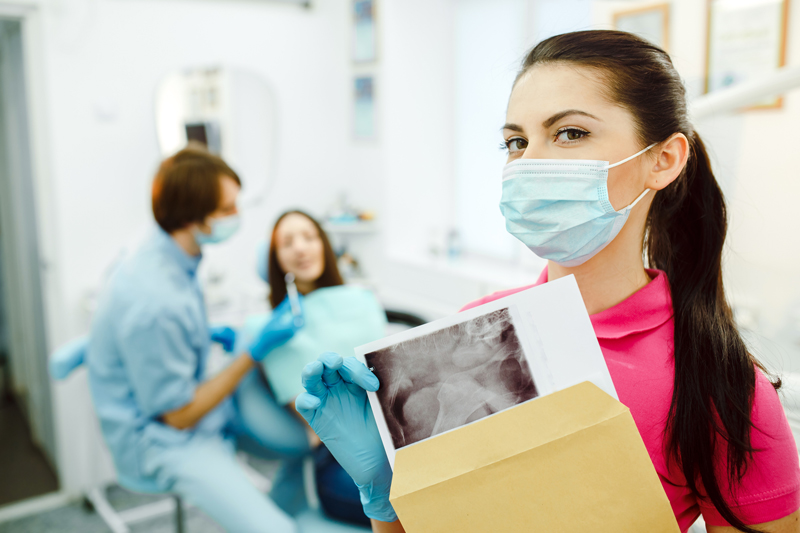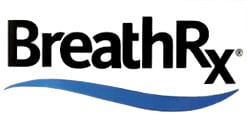Dental offices use X-rays to evaluate a patient's needs and to make treatment recommendations. X-rays are pictures of the teeth that dentists use to find problems in the mouth. According to the Academy of General Dentistry, radiographs provide a dentist with the most accurate way to diagnose and treat dental problems. These images reveal any problems that are not visible to the naked eye. They are used as a part of routine examinations to rule out specific problems associated with oral health. Clear images allow the dentist to detect any cavities and to rule out any major problems in the mouth. Most dentists and their staffs use several types of X-rays to help them diagnose any specific problems. They stress the importance of routine exams to find and possibly prevent serious problems.
Two Common Types of Radiographs
Bitewings and periodicals are the most common imagery used by most dentists during routine exams. Even though bitewings show the crown portions of the teeth and are an excellent way to detect early signs of decay between the teeth, they also may require several views. Both the bitewings and periapical images are safe and have proven to be useful in detecting early oral problems. These valuable diagnostic tools help dentists by giving a high level of detail about the entire mouth, supporting tissues, and bone surrounding the tooth itself.
Panoramic Dental Images
Taken from outside the mouth, a panoramic radiographic image shows the entire oral cavity as one large image. It includes the entirety of the mouth including sinus areas, lower jaw, and upper jaw. Dentists recognize the importance of using panoramic images for locating and evaluating abnormal lumps or cysts that could pose a problem for patients’ health and any future treatments. More comprehensive views help identify problems that may result when a wisdom tooth is impacted. This up-to-date technique provides a faster more efficient way to assess problems while eliminating some steps that are involved with traditional imaging. Better overall coverage is more proficient for detecting periodontal bone defects and possibly jaw lesions. The Radiological Society of North America recognizes the importance of providing the dentist with wide views that produce a more vivid image of the parts of the mouth. This form of radiography is a valuable tool that offers many benefits for the patient. These diagnostic images aid in improvement in diagnostic procedures that may offer life-saving results. Patients also benefit from the smaller amount of radiation needed to get a broader view of the entire mouth.
Professional Dental Services in Ottawa
Contact the experienced, dedicated professionals at Upper Hunt Club Dental Centre for excellent services in restorative and personal care. The facility offers all services under one roof with no need for a referral. Bilingual services are also available for patients needing language assistance. Call Dental Services in Ottawa with all questions and to set up an appointment for a comprehensive evaluation.













